#Chevrolet Motor Company
Photo

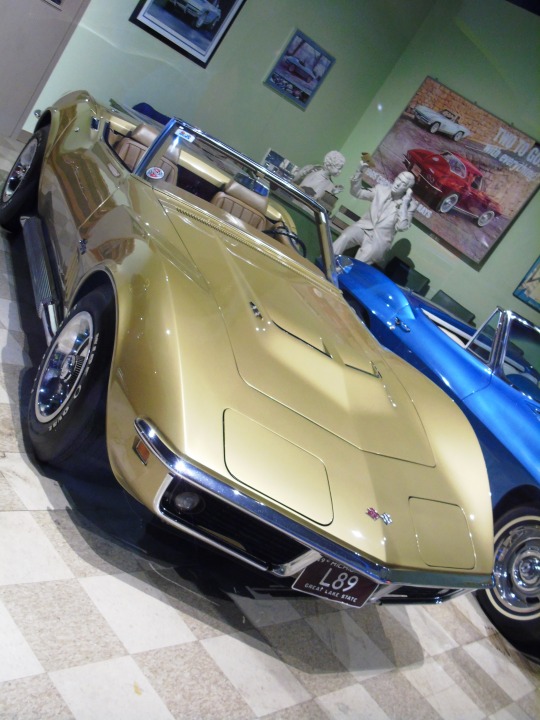


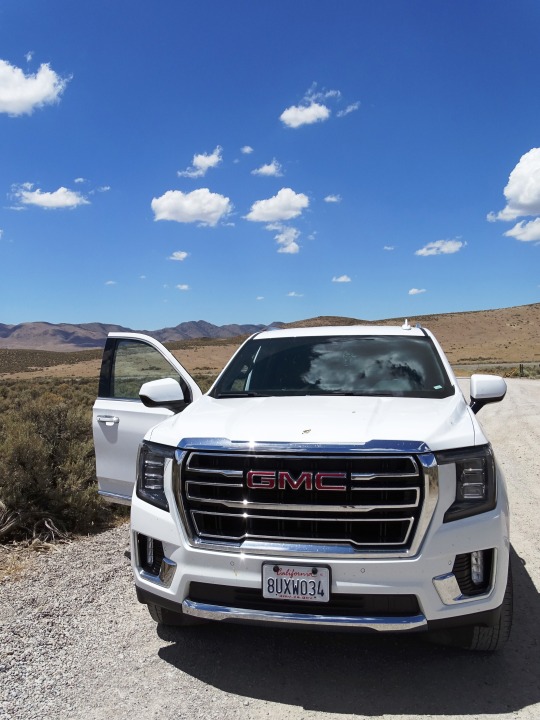



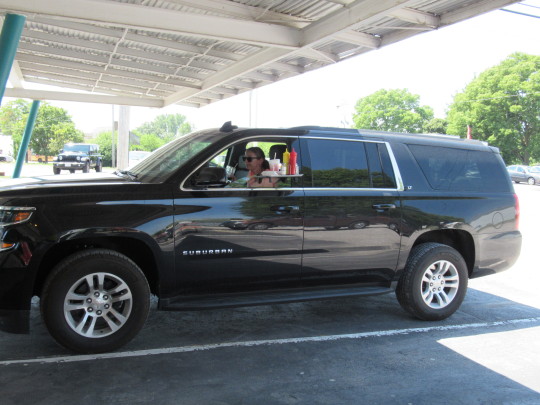

General Motors acquired the Chevrolet Motor Company of Delaware on May 2, 1918.
#Chevrolet Tahoe#Chevrolet Suburban#Chevrolet Corvette#GMC Yukon#Chevy#Chevrolet Impala#Chevrolet Nova#original photography#travel#USA#Torrington Cruise Night#Wyoming#rental car#General Motors#acquired#Chevrolet Motor Company#2 May 1918#105th anniversary#US history#B & K Root Beer Stand#tourist attraction#engineering#vacation#summer 2019#2022#Van Wert#Dinosaur National Monument#Utah#South Lake Tahoe#Nevada
5 notes
·
View notes
Text


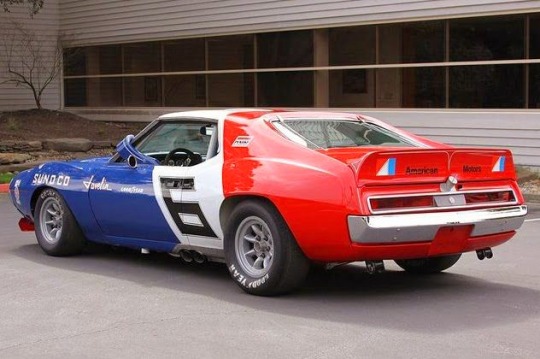


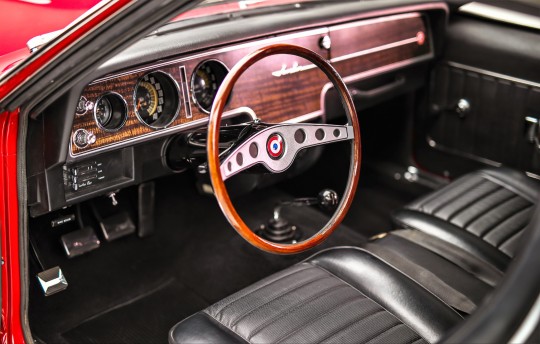
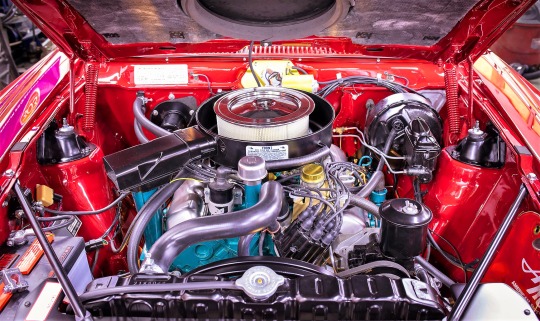
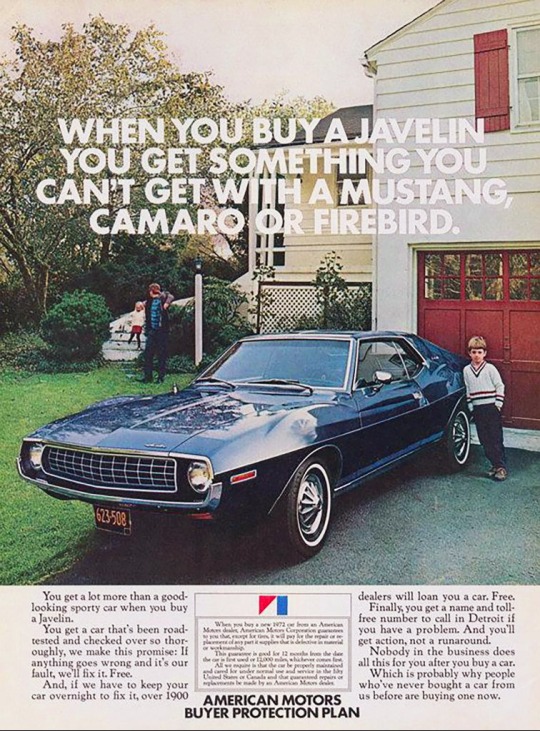
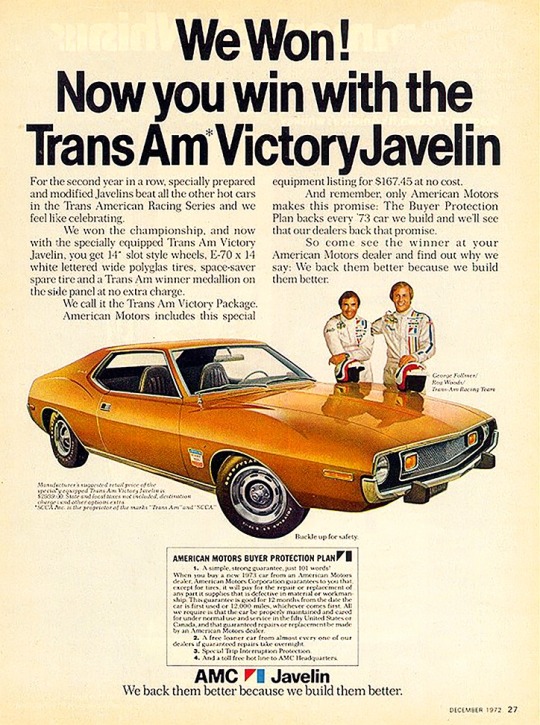

🇺🇲 Step back in time and experience the roar of the iconic AMC Javelin, a true legend of American muscle cars! Introduced in 1967 by American Motors Corporation (AMC), the Javelin was a front-engine, rear-wheel-drive, two-door hardtop automobile manufactured across two generations, spanning from 1968 through 1970 and then from 1971 through 1974 model years. It was designed to compete in the pony car market segment against rivals like the Ford Mustang and Chevrolet Camaro.
🚗💨 The AMC Javelin burst onto the scene in 1968, showcasing a sleek design and powerful engines. Styled by Dick Teague, the Javelin offered a range of trim and engine levels, from economical pony car variants to high-performance muscle car models. Its distinctive appearance, featuring a long hood and aggressive stance, turned heads on the streets and racetracks alike.
🏭 Besides being manufactured in Kenosha, Wisconsin, Javelins were also assembled under license in Germany, Mexico, the Philippines, Venezuela, and Australia, showcasing its global reach. American Motors even offered discounts to U.S. military personnel, leading to many Javelins being exported overseas.
🛞 Under the hood, the Javelin packed serious power. It was available with inline-six engines or potent V8s, delivering thrilling acceleration and speed. The AMX variant, equipped with a 6.4-liter V8, boasted over 300 horsepower!
🏆 The AMC Javelin wasn't just about looks—it excelled on the track too. It competed in Trans-Am racing, demonstrating its speed and agility. In fact, the second-generation AMX variant was the first pony car used as a standard vehicle for highway police car duties by an American law enforcement agency. Today, the Javelin's unique style and racing heritage make it a sought-after classic among collectors.
💔 By 1974, the automobile landscape had shifted. While other manufacturers downsized engines in response to changing market demands and fuel shortages, the Javelin's big engine option continued until production ceased in November 1974 amidst the Arab oil embargo and declining interest in high-performance vehicles.
🦅 The AMC Javelin embodies the spirit of American muscle cars, blending style, performance, and affordability. It's a timeless classic that continues to capture the hearts of car enthusiasts everywhere. Get ready to hit the road and experience the thrill of the AMC Javelin!
#brits and yanks on wheels#retro cars#transatlantic torque#vehicle#cars#old cars#brands#companies#automobile#american cars#amc#american motors#american muscle#amc javelin#javelin#muscle car#pony car#race car#trans am#old car#classic cars#car#american auto#automotive#chevrolet camaro#chrysler#wisconsin#kenosha#made in usa#ford mustang
261 notes
·
View notes
Text
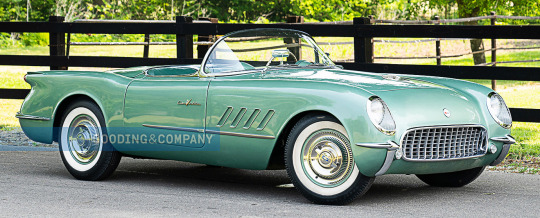


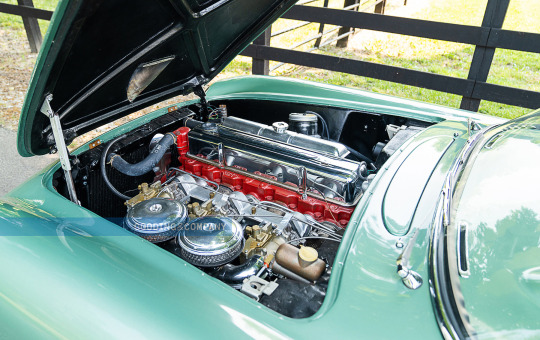



Chevrolet Corvette S.O. 2151 Prototype, 1954. A one-off GM Styling Department “Proposal Car” for an abandoned 1955 facelift is to be offered at auction. The Corvette body was restyled to incorporate several new features: a decorative hood scoop, eggcrate front grille, bumper-exit exhaust tips, and a re-styled trunk design. Another element of the new design were the slanted front-fender vents, painted body color on the passenger side and trimmed with chrome on the driver side – giving GM executives two different looks to choose from. The car has undergone an 1,800 hour restoration using period photographs to ensure that the work was as accurate as possible, including re-creating missing trim pieces.
auction listing
#Chevrolet#Chevrolet Corvette#Chevrolet Corvette Prototype#1954#1955 MY#prototype#design study#GM Styling Department#GM#General Motors#Gooding & Company#one-off#restoration#open roof#roadster
451 notes
·
View notes
Text

The awesome Anderson Motor Co radiator badge I found. Such a rare item. I wasn’t even aware there had been an automobile company in Rock Hill, Sc.
#metal detecting#xp deus 2#metal detecting finds#relic#history#metal detector#Anderson motor company#automobile#car history#ford#chevrolet
5 notes
·
View notes
Text
GM Defense Canada Wins CAF Contract
By Chicago Times Magazine –
July 24, 2024
GM Defense Canada, a subsidiary of GM Defense, has secured a $35.8 million (Canadian) contract from the Canadian Armed Forces (CAF) for the supply of 90 Light Tactical Vehicles (LTVs) with an option for an additional 18 LTVs.
The LTVs, based on the Chevrolet Colorado ZR2 architecture, will allegedly beef up the CAF’s capabilities, particularly in…
#CANADIAN ARMED FORCES#CHEVROLET COLORADO ZR2#GENERAL MOTORS COMPANY#GM DEFENSE#GM DEFENSE CANADA#LIGHT TACTICAL VEHICLE
0 notes
Text
General Motors Company Shares
General Motors Company is a global company engaged in the development, design, and sale of automobiles, trucks, and their spare parts.
#generalmotors #auto #GM #investing #investmentideas #ev #gmfinancial #money
General Motors Company is a global company engaged in the development, design, and sale of automobiles, trucks, and their spare parts. It also provides financing services through its division, GM Financial.
Continue reading Untitled

View On WordPress
#Akcijų birža#Buick#Cadillac#Chevrolet#Chevrolet Bolt EV#Dividendinė kompanija#Electrameccanica Vehicles#General Motors Company#GM#GM Financial#GMC#GMC Hummer EV#GRAPES#Holden#investicinės idėjos#JieFang#NYSE#Opel#Vauxhall#Wuling
0 notes
Text
Josiah Dallas Dort Automotive Pioneer
Josiah Dallas Dort, commonly known as J.D. Dort, was a prominent figure in the early days of the automotive industry in the United States. Born on November 16, 1861, in Flint, Michigan, Dort played a significant role in the development of the Durant-Dort Carriage Company and the formation of General Motors (GM).
Dort started his career as a salesman for a local carriage manufacturer before…

View On WordPress
#1861#Étienne Planche#Billy Durant#Dort Motor Car Company#Durant-Dort Carriage Company#Flint#Flint Michigan#Josiah Dallas Dort#Louis Chevrolet#Mayor#Pioneer
0 notes
Text
Automakers have been selling data about the driving behavior of millions of people to the insurance industry. In the case of General Motors, affected drivers weren’t informed, and the tracking led insurance companies to charge some of them more for premiums. I’m the reporter who broke the story. I recently discovered that I’m among the drivers who was spied on.
Kashmir Hill is a technology writer who was duped into signing up for a secretive OnStar program that reported her driving habits back to GM, and then onto insurance companies. All without her knowledge or consent.
If it happened to her (a paranoid technology writer), she reasons, what chance does the average consumer have?
Unpaywalled article here.
116 notes
·
View notes
Text


Automakers are collecting driving data from customers and quietly providing it to insurance companies, and the practice has resulted in some unassuming drivers seeing their coverage increased or even terminated due to the practice, a new report reveals.
The New York Times reported this week that car manufacturers like General Motors and Ford are tracking drivers’ behavior through internet-connected vehicles, and sharing it with data brokers such as LexisNexis and Verisk, which create “consumer disclosure reports” on individuals that insurance companies can access.
The consumer reports do not show where a driver has traveled, but they do provide information on length of trips and driving behavior, such as “hard braking,” “hard accelerating” and speeding. Insurance companies can use those reports to assess the risk of a current or potential customer, and adjust rates or refuse coverage based on the findings.
The Times highlighted the case of Kenn Dahl, the driver of a leased Chevrolet Bolt, who learned he and his wife's driving habits were being tracked when an insurance agent told him in 2022 that his LexisNexis report was a factor behind his insurance premium jumping 21%.
“It felt like a betrayal,” Dahl told the newspaper. “They’re taking information that I didn’t realize was going to be shared and screwing with our insurance.”
(continue reading) related ←
#politics#lexisnexis#data mining#smart cars#car insurance#privacy rights#kenn dahl#spyware#capitalism#privacy#consumer disclosure reports
119 notes
·
View notes
Text
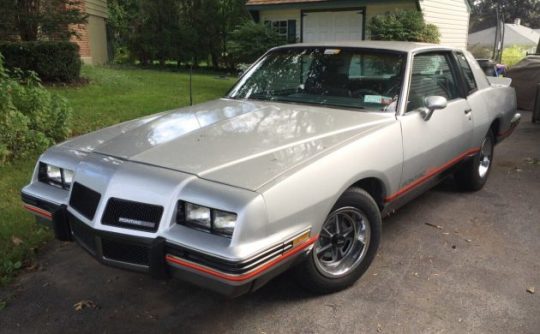
1986 Pontiac Grand Prix 2+2
It is often said that racing improves the breed, and the move by Formula One to a hybrid drivetrain has seen the equivalent technology in road cars evolve at an unprecedented pace. Manufacturers will always seek what is commonly called “an unfair advantage,” exploiting the rule book to its outer limits to extract greater speed from their racing models. It was against this backdrop that Pontiac released its 1986 Grand Prix 2+2. It was developed as a homologation special for NASCAR competition and only graced showrooms for one year.
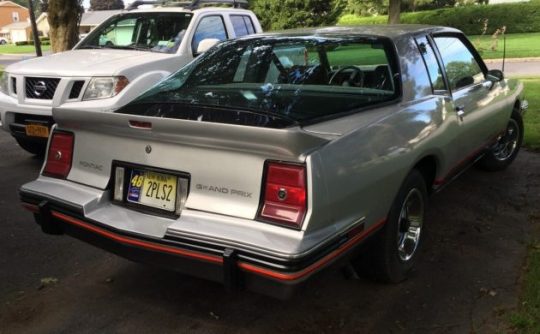
NASCAR competition has evolved into a sport featuring control underpinnings and exterior panels that are almost identical across all participating brands. Today’s cars share little with their predecessors, and the term “stock car” has a reasonably loose meaning. Earlier generations were based upon showroom models, and it was against this backdrop that cars like the Chevrolet Monte Carlo Aerocoupe and the Pontiac Grand Prix 2+2 emerged. General Motors sought aerodynamic and downforce improvements for their participating models, and smoothing the airflow across the body and rear spoiler achieved this without introducing additional drag. Wholesale sheetmetal changes weren’t warranted, but adding a fastback-style back window achieved the goal at a reasonable cost. The cars weren’t the most elegant on the planet, and the reduced trunk opening to accommodate the changes reduced practicality. Still, the Aerocoupe and 2+2 proved effective on superspeedways like Daytona and Talladega. Pontiac released 1,118 examples of the Grand Prix 2+2 to qualify for NASCAR competition, with all finished in a combination of Silver and Gray. The history of this car is unclear, but it presents exceptionally well for its age. The paint retains a healthy shine, while the plastic and graphics are excellent. Dealers sold the 2+2 at a premium price, but the extra cost didn’t guarantee that these classics would lead an easy life. Many owners drove them hard and fast, and it is common to see dilapidated and rusty examples appearing in the classic market. This car has avoided that fate and would turn more heads today than in 1986.
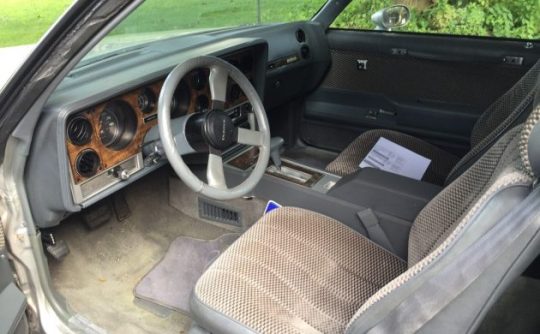

Pontiac considered the Grand Prix 2+2 to be a muscle car, although the 165hp and 245 ft/lbs of torque produced by its 305ci V8 doesn’t hint at anything special. Buyers received a four-speed 200-4R automatic transmission and a 3.08 rear end as standard fare, with no manual option to improve performance. The ¼-mile ET of 17 seconds perfectly demonstrates the depths of The Malaise Era. While that figure looks modest by modern standards, it was what buyers expected during that period. The situation would improve in the future, but it is sobering to consider that you can drive a four-cylinder family sedan or hatchback off the showroom floor today that could show this Grand Prix a clean set of heels.

The Pontiac Grand Prix 2+2 was a one-year-only model sold in limited numbers. I don’t find these the most attractive cars on the planet, with Chevrolet achieving better aesthetic results with its Aerocoupe. However, beauty is in the eye of the beholder, and you might find yourself irresistibly drawn to this classic. I respect that if it is the case because it is a car that would still draw crowds thirty-eight years after it rolled off the line. Evolving racing rules mean we will probably never see similar vehicles in the future, and owning this Grand Prix would be a link to the company’s motorsport heritage.
88 notes
·
View notes
Text
youtube
Live version of After the Storm by MacGray - Video by Félix Panis featuring scenes from:
Der Sieger by Walter Ruttmann (1921)
Australia's Luxury Train - Pathé (1962)
Formations - Chevrolet Motor Company (1936)
Above the Horizon - American Meteorological Society (1967)
Small Town or City Viewed From Train [CLN-36-C-23-B]
Convective clouds by John Friedman (1971)
Look to Lockheed for Leadership - Lockheed Martin (1940)
Mechanical principles by Ralph Steiner (1930)
Los Angeles-area railroad [PET0981_R-3_LA] (1946)
Rail by Geoffrey Jones - (1968)
The Big City by Charles Guggenheim (1950)
The Shock of the New by Hughes Robert (1980)
The Image of the City by Eames Ray (1973)
View from space - McGraw-Hill Book Co (1969)
Visual meditation: Driving in Western Kansas by Laura Gilchrist (2018)
Wheels of progress by John A. McGee (1950)
Eisenbahn by Lutz Mommartz (1967)
Ballet mècanique by Fernand Léger (1924)
Take it easy by Jam Handy (1936)
Earth in motion - Erpi Picture Consultants (1936)
#music#live music#belgian music#macgray#nicolas magrez#music video#félix panis#projection#katuktu collective#walter ruttmann#fernand léger#eames ray#john friedman#ralph steiner#hughes robert#laura gilchrist#john a. mcgee#lutz mommartz#charles guggenheim#katuktu#jam handy#video#Youtube
29 notes
·
View notes
Text
Once American brands now owned by China and influenced by the CCP;
1. Popsicle
2. Ben & Jerry's
3. Burger King
4. Trader Joe's
5. American Apparel
6. 7-Eleven
7. Sunglass Hut
8. Holiday In
9. Smithfield (meats)
10. Ironman
11. Forbes
12. Dirt Devil
13. Good Humor
14. Purina
15. Firestone Tires
16. Gerber
17. Hellman's
18. Virgo
19. General Electric
20. Motorola
21. IBM
22. Legendary Entertainment Group
23. Hoover
24. Frigidaire
25. Strategic Hotels and Resorts
26. Alka-Seltzer
27. General Motors
28. Spotify
29. The Waldorf Hotel Chain
30. Tesla
31. Snapchat
32. Ingram Micro
33. Fidelity & Guaranty Life
34. Universal Music Group
35. We work
36. Segway
37. John Hancock Life Insurance
38. Sotheby's 39. Brook Stone
40. Cleveland Cavalier's
41. Riot Games
42. Uber
43. Uber Eats
44. Uber Freight
45. Omnivision Technologies
46. Baby Trends
47. Hilton Hotels
48. Starplex Cinemas
49. California Grapes International
50. Fischer Price
51. Hush Puppies
52. Gillette
53. Barbie
54. Huffy
55. Oakley Sunglasses
56. Converse
57. Nike
58. Levi Strauss
59. American Girl
60. Chevrolet
61. Radio Flyer
62. Craftsman
63. Samsonite
64. Dell
65. Black & Decker
66. Ford
67. G. I. Joe
68. Monopoly
69. American Eagle Outfitters
70. American tourister
71. Campbell's soup
Please join the consolidarity effort in banning these brands from your lives. If you believe in America and want it to flourish we as consumers must show China they will not make money from buying up all of our once great American companies. By buying these brands you aid China in their fight against us. Please pass this message to as many people you think will join us. At a minimum, DO NOT BUY OR EAT ANY OF THE FOOD BRANDS LISTED ABOVE. IT IS QUITE DANGEROUS AND IS GETTING WORSE.
77 notes
·
View notes
Text

🚗✨ A glimpse into automotive history!
🇺🇲 1966 Chevrolets rolling off the assembly line at the GM Flint, Michigan plant. Witness the craftsmanship and dedication that went into creating these classic beauties.
#brits and yanks on wheels#retro cars#transatlantic torque#vehicle#cars#old cars#brands#companies#automobile#american cars#chevrolet#general motors#american auto#made in america#flint michigan#michigan#detroit#engineering#plant#automotive#auto#old car#classic cars#classic car#car#history#automobiles#car photography#car show#cool cars
35 notes
·
View notes
Text
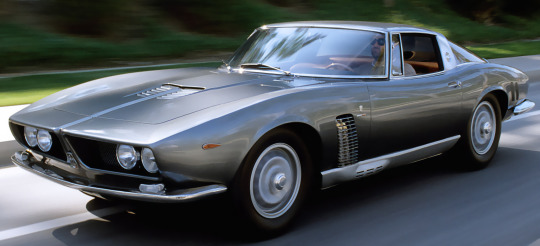
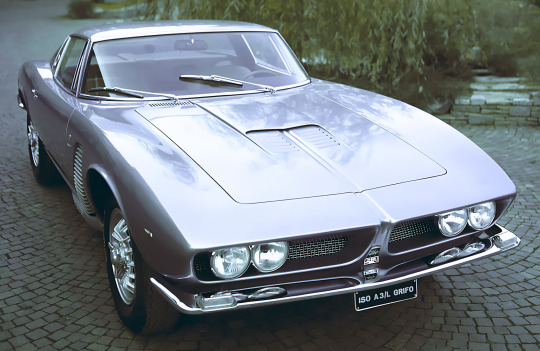

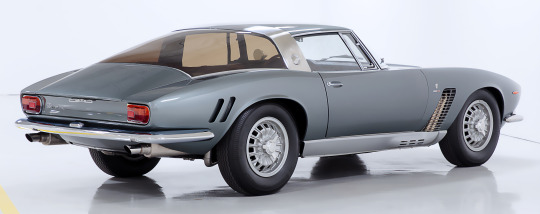
327 goes into… just about everything: Part 5 Iso A3/L Grifo Prototipo, 1963. Iso had started out by making electrical appliances during the 1930s, then after WW2 moved onto motor cycles and, in the 1950s, micro cars with the Isetta But from the late 1950s the company sort a future as a maker of grand tourers. A powertrain contract was made with General Motors and when the Grifo was presented at the 1963 Turin Motor Show it was powered by the 300hp version of Chevrolet's 327ci V8. The design of the car was by Giorgetto Giugiaro at Bertone
#Iso#Iso A3/L Grifo#prototype#Bertone#Giorgetto Giugiaro#Chevrolet 327ci V8#327 goes into#dead brands#327ci V8#General Motors#Turin Motor Show#small block V8
394 notes
·
View notes
Photo


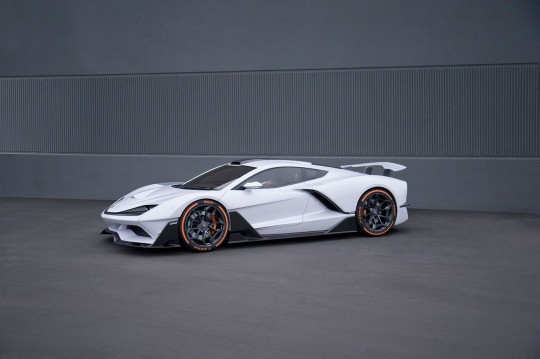
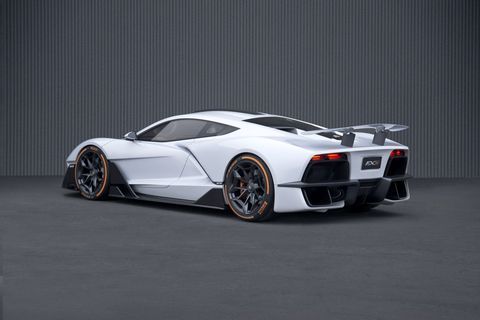
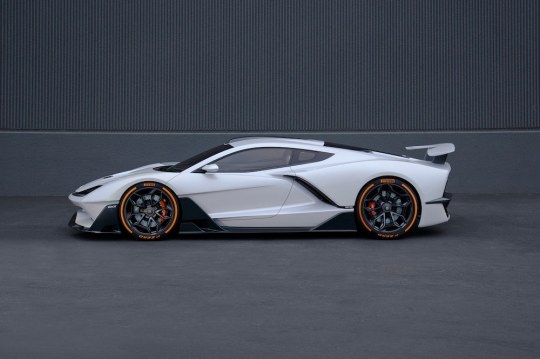
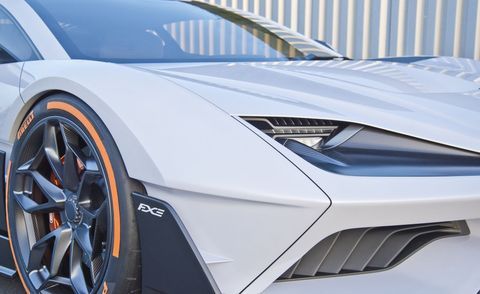

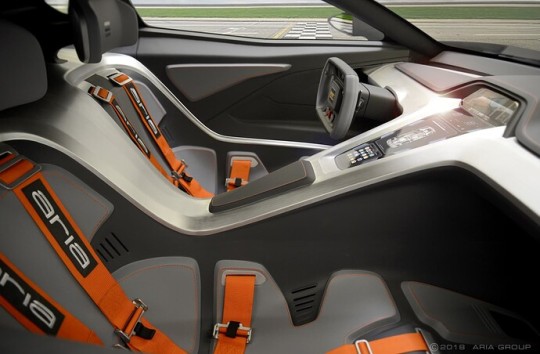

Aria FXE
America is due for a legitimate competitor to the likes of Ferrari, Lamborghini and McLaren, and you’ve never heard of the company that says it is the one to take on those storied brands with an all-wheel drive hybrid-electric 1,150-horsepower. It is the Aria Group, an industrial supplier best known for the high quality of the carbon fiber bodywork it provides Singer for that company’s amazing Porsche 911 builds.Aria will take on the world with the FXE, which use a supercharged 6.2-liter V8 engine from the Chevrolet Corvette ZR1. Aria claims 720 horsepower for the engine, but that may have been an early estimate, because Chevrolet announced the ZR1 at 755 horsepower. The small block will drive the rear wheels through an 8-speed sequential transaxle, surely from one of the usual suspects in the racing/supercar community such as Xtrac, Hewland, or Graziano.The FXE enjoys another 540 horsepower from the twin electric motors driving the front wheels, which also provide all-wheel drive and regenerative braking to recapture energy. This is powered by a 10 kilowatt-hour lithium-ion battery pack (about the same capacity as that in the upgraded BMW i8).
Together, they accelerate the FXE to 60 mph in 3.1 seconds and to a top speed of 220 mph.
A less expensive FE model will use a naturally aspirated version of the gas engine driving the rear wheels, with no electric motors on the front axle.
In either configuration, Aria’s cars will be a technological tour de force, employing patented new techniques for fabricating its carbon fiber chassis and 3D printing to create various titanium and aluminum parts.
84 notes
·
View notes
Text
General Motors said on Monday it will recall 42,140 sport utility vehicles in Canada from the 2014 through 2017 model years because the driver's air-bag inflator may explode during deployment.
On Friday, GM said it would recall in the United States 994,763 Buick Enclave, Chevrolet Traverse, and GMC Acadia vehicles from 2014-17 model years with modules produced by ARC Automotive Inc.
GM is investigating the problem with help from an outside engineering firm, a company spokesperson said in a statement to CBC News.
Full article
Tagging: @politicsofcanada
#cdnpoli#canadian politics#canadian news#canada#canadian#general motors#GM#recall#product recall#canada product recall#buick#chevrolet#GMC
52 notes
·
View notes